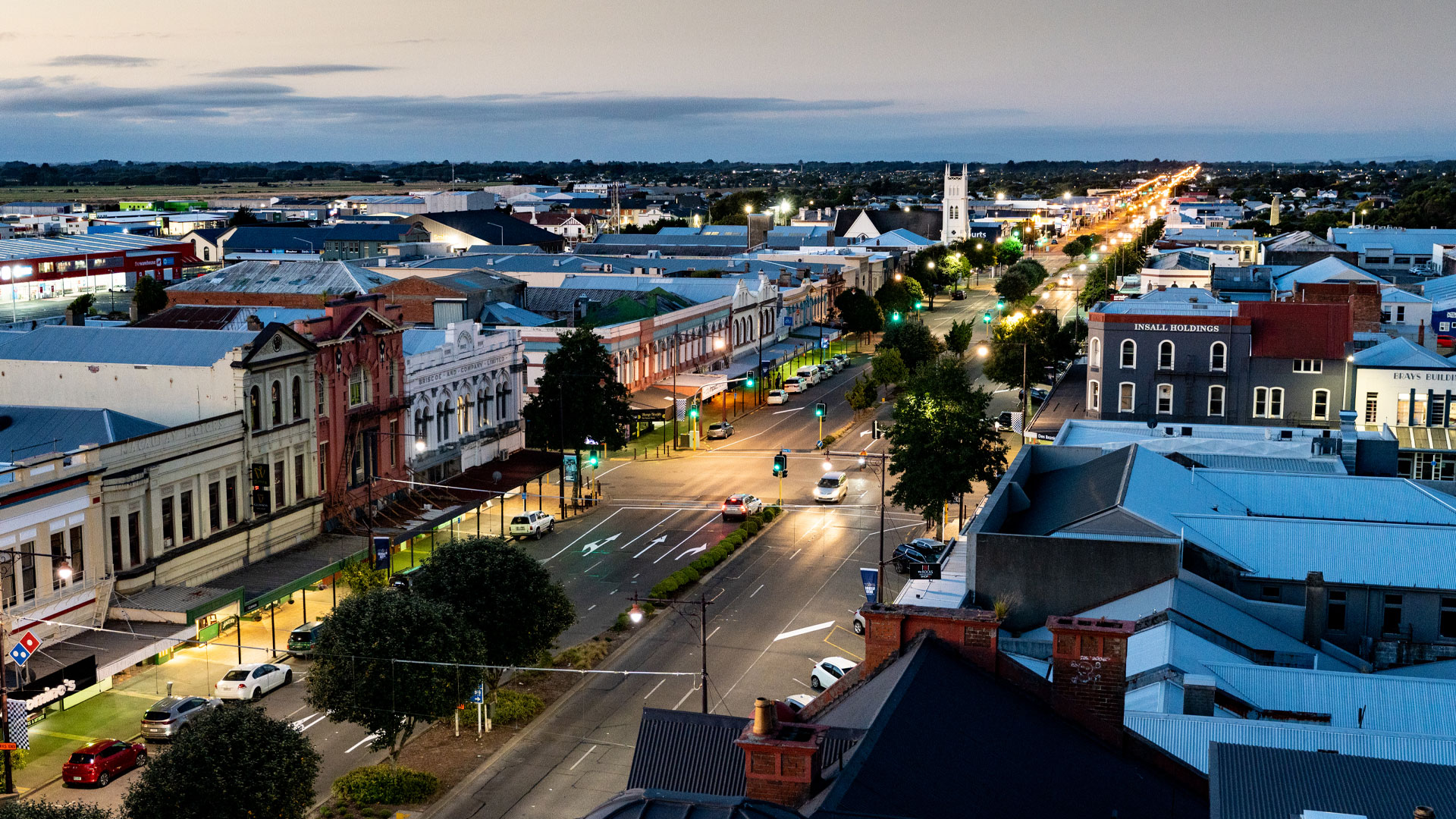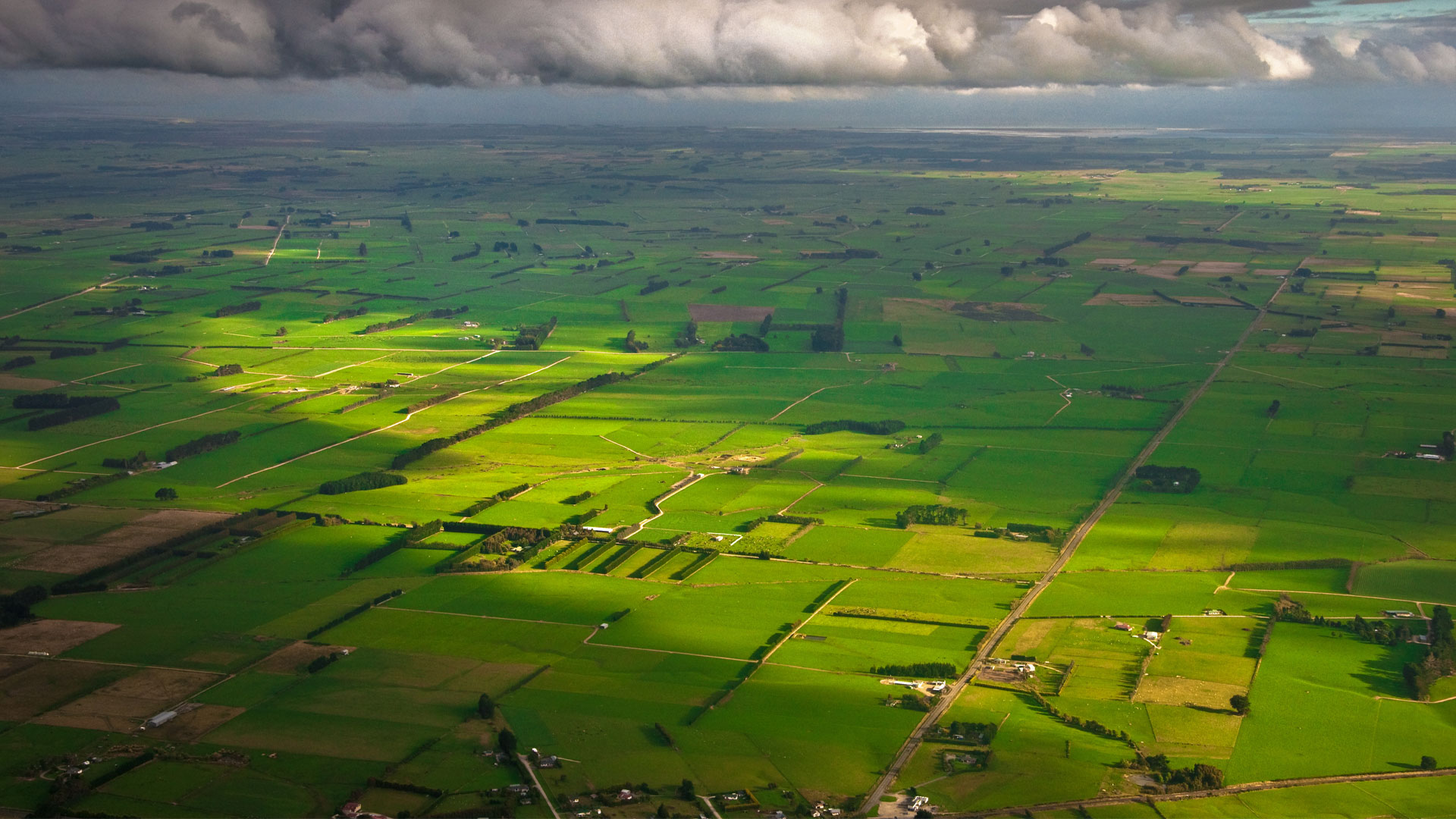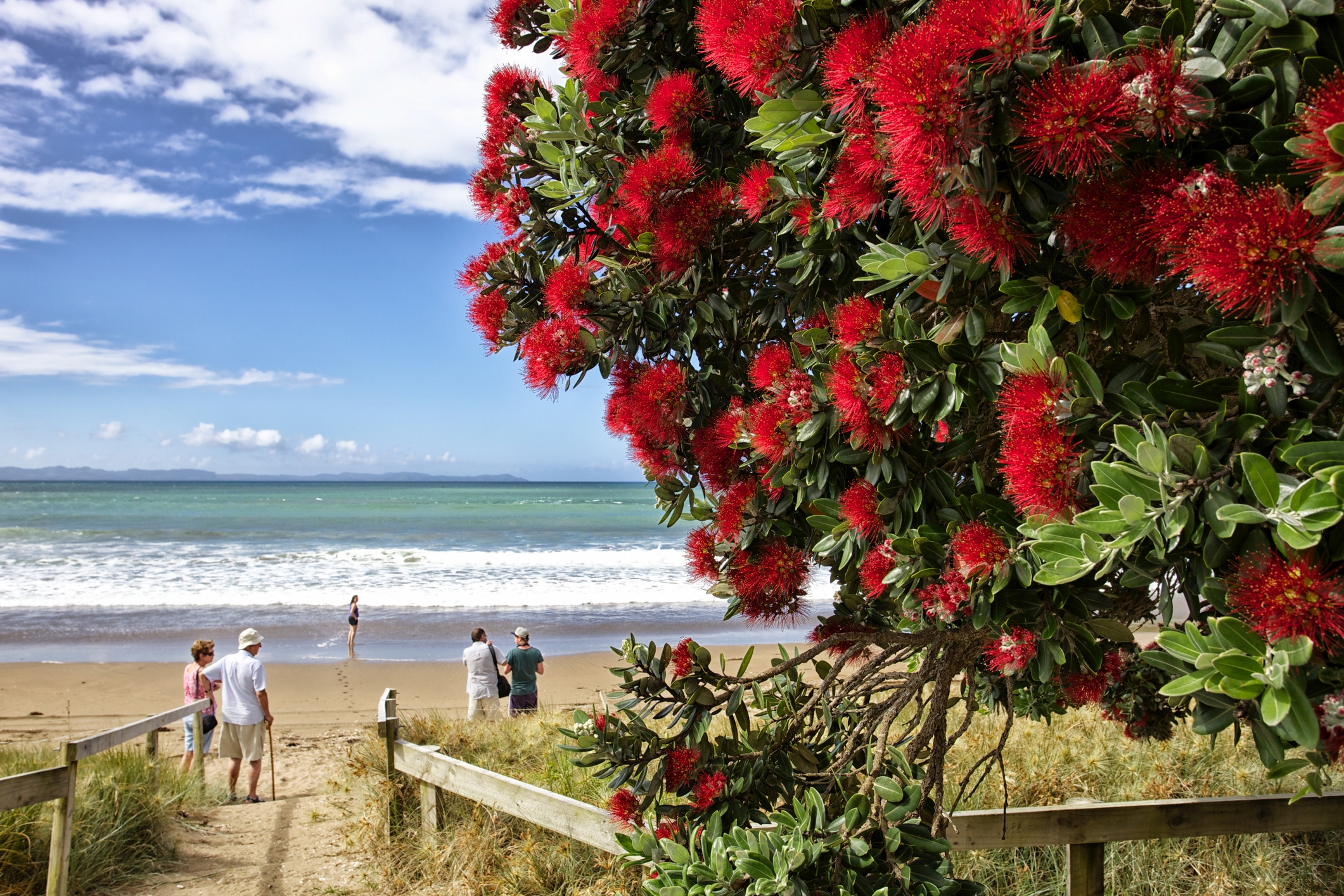Feature article
Southland regional property market insights
A snapshot of Southland’s property market.
.png)
Southland regional property market at a glance - residential properties for sale
The average cost of buying a house in Southland increased by 1.8% to $528,350, between November and December 2024, according to our most recent Trade Me Property data. This was also an increase of 5.3% year-on-year.
The number of properties for sale in Southland in December in 2024 was slightly down when compared with the month before, with 649 (December) compared to 702 (November).
Southland regional property market at a glance - residential properties for rent
December’s Trade Me Property data shows a 6.8% year-on-year increase in the average cost of renting a home in Southlan. However this was down 2.1% month-on-month. All of this means that the average December price of renting a home in Southland was $470, according to our data.
There were 236 homes for rent in Southland on Trade Me Property in December 2024, compared to 272 in November. While down month-on-month, December's figure was still up from December 2023, when 204 homes were available for rent in Southland.
Insights from a Southland property market expert
To get a closer look at what has been happening on the ground in Southland's real estate market, we spoke to Hannah Mason of Bayleys Southland. We asked her about the trends she's seen in the last months of 2024, and so far in 2025, as well as what she predicts for the rest of the year. Here's what Hannah told us:
"We noticed a late influx of listings from October last year. New listings in Southland rose about 7% compared to a national decline in listings. Sale prices remained stable, with the median sale price in Southland increasing approximately 15% year on year. We're seeing more first home buyers and investors in the buyer’s market, in addition to those in an entry level bracket wanting to move up the ladder. This year is feeling really positive already. Southland’s affordability, growing interest from first-home buyers and investors, and balanced market conditions look to offer a promising outlook for 2025."
Beef and dairy farming are among the most important parts of the Southland economy.
Current buyer and seller behaviour in Southland/Murihiku
Among people surveyed in our September 2024 Property Pulse survey* who were seeking to buy a home in the Southland region:
3.4% were currently in the process of buying a home.
2.3% were just thinking about buying a property.
1.9% were looking to buy a property in the next year.
4.4% were looking to buy a property in the next 1-2 years.
Of the respondents looking to sell a home in the Southland region:
3.3% had owned their current home for more than five years.
1.3% had owned their current home for 3-5 years.
1.4% had owned their current home for 1-2 years.
5.9% had lived in their current home for fewer than 6 months.
Interested in how quickly properties in Southland change hands? Of respondents looking to sell a home in the Southland region:
- 2.8% were currently in the process of selling a property.
- 3.7% were just thinking about selling a property.
- 1.4% were looking to sell a property in the next year.
- 3.1% were looking to sell a property in the next 1-2 years.
Interested in what life would be like in Southland?
Why live in Southland/Murihiku?
Southland is known for its rugged beauty and contains some of our most famous tourist hotspots, including Milford Sound. It’s a favoured spot for trampers, thanks to the presence of Fiordland National Park, as well as being renowned for its produce, in particular, the famous Bluff oysters.
Aotearoa’s southernmost region was home to 103,900 at the time of the last national census, making it the second-most sparsely populated region of the motu. Around half of the region’s population live in Invercargill City, while Gore is the next largest urban centre. Other larger towns include Mataura, Bluff, Winton, Riverton and Te Anau.
There are four main districts within the Southland region, which are:
According to data from the Ministry of Business, Innovation and Employment (MBIE), the dairy cattle farming industry is Southland’s largest regional employer, followed by meat and meat product manufacturing and then sheep, beef cattle and grain farming.
*Data from Trade Me Property Pulse Survey 2024. 1,572 total responses, 55 responses from Southland.
Author
Search
Other articles you might like





.png)



